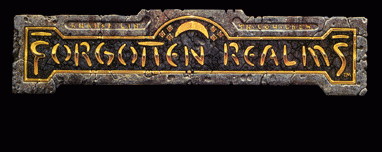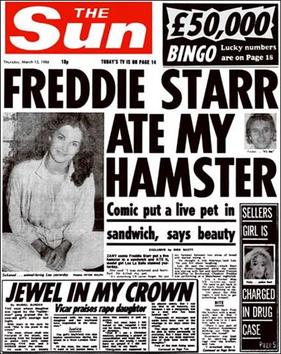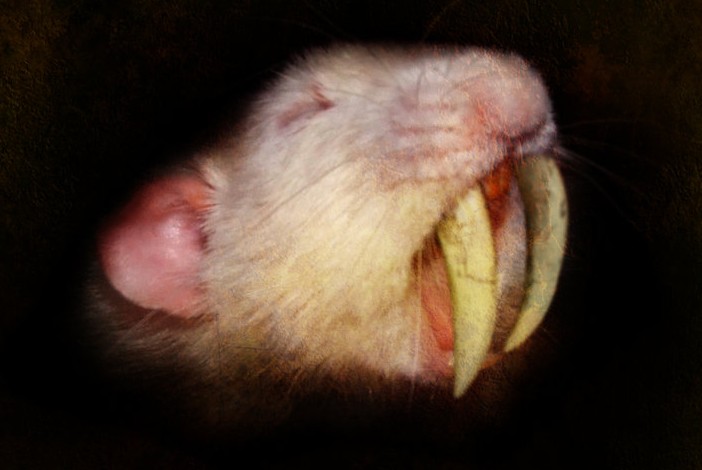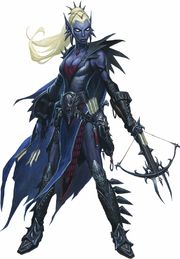Brian recently touched upon the need for Rolemaster to fully commit to Shadow World as its default setting. I am 100% behind this idea.
It is obvious from Brian’s deconstructions that as soon as you start to look critically as Spell Law that the amount of setting specific magic is far greater than one would have given credit for initially. This will always be most pronounced in the Channelling realm as gods have a big role to play in most fantasy settings. That then throws up the issue of why is a cleric of a fire god just as good at healing as a god of healing?
I think it was in Rolemaster Companion IV that they introduced deity specific base lists and I have been using them ever since. For most of my games I have not had a problem with Clerics being broken.
The first version of Spell Law that I used was the blue text with the naff handwritten font. I wasn’t comic sans but it was not far off. Apart from lay out improvements I don’t think Spell Law has changed much since that first edition and I think that may explain some of the problems.
Spell Law was intended as a drop in replacement for the AD&D magic system. I am playing Rolemaster in the Forgotten Realms which is an AD&D setting. My game is set after the time of troubles which gives me areas of wild magic which are not unlike esseance storms.
In AD&D all clerics could cast cure light wounds and at higher level finger of death and raise dead. They could commune with their god and they can turn the undead.
Rolemaster Clerics can cast all the closed healing lists, they can use absolution for the finger of death, life giving for raise dead and there is a whole list for communing and another for repulsing the undead.
RM Clerics are a perfect fit for AD&D Clerics. The fault lines that Brian experiences do not manifest in my games because Spell Law is written to fit the AD&D tropes.
This just goes to show that not only is Spell Law well over due a complete overhaul but BASiL is the way forward.
I don’t care if most people use Shadow World or not. If you set RM, and specifically RMU, to use Shadow World as the default setting, tie in all the rulebook examples to that setting, feature a starting adventure in the setting and describe magic against the Shadow World context then you will have a much richer product.
A significant number of GMs will create their own homebrew setting just as a significant number of 5e DMs create their own homebrew settings.
To all intents and purposes MERP is a homebrew setting these days. Yes, there are old books that are mostly compatible but there is nothing new and there never will be. It is as easy to convert from Cubicle 7’s One Ring or 5e Adventures in Middle Earth resources to RMU as it is to convert from the 1980s MERP region books.
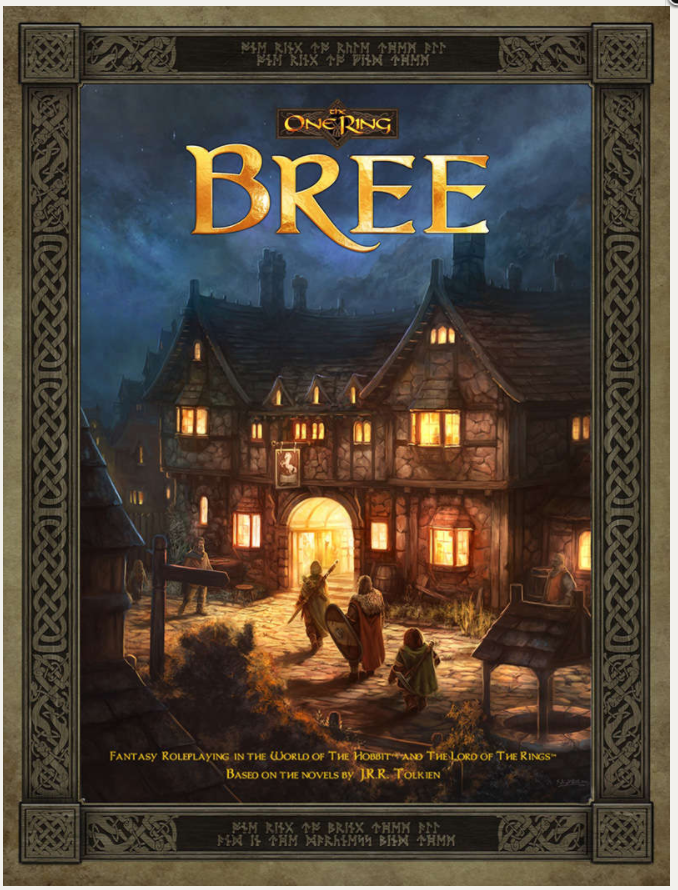
I do not think you can divorce setting from rules once you start to look at magic and channelling magic most of all.
It is not only the magic system but the unique monsters and races that make the setting from a rules perspective. The companion I gave me all the AD&D races I needed but I still see questions on the ICE forums about Shadow World races.
With RMU it is going to be easy to create balanced races but I don’t think ICE customers buying ICE games to play in an ICE setting should have to make the things up themselves!
I don’t think I am a diva or over demanding or is joined up thinking too much to ask?




